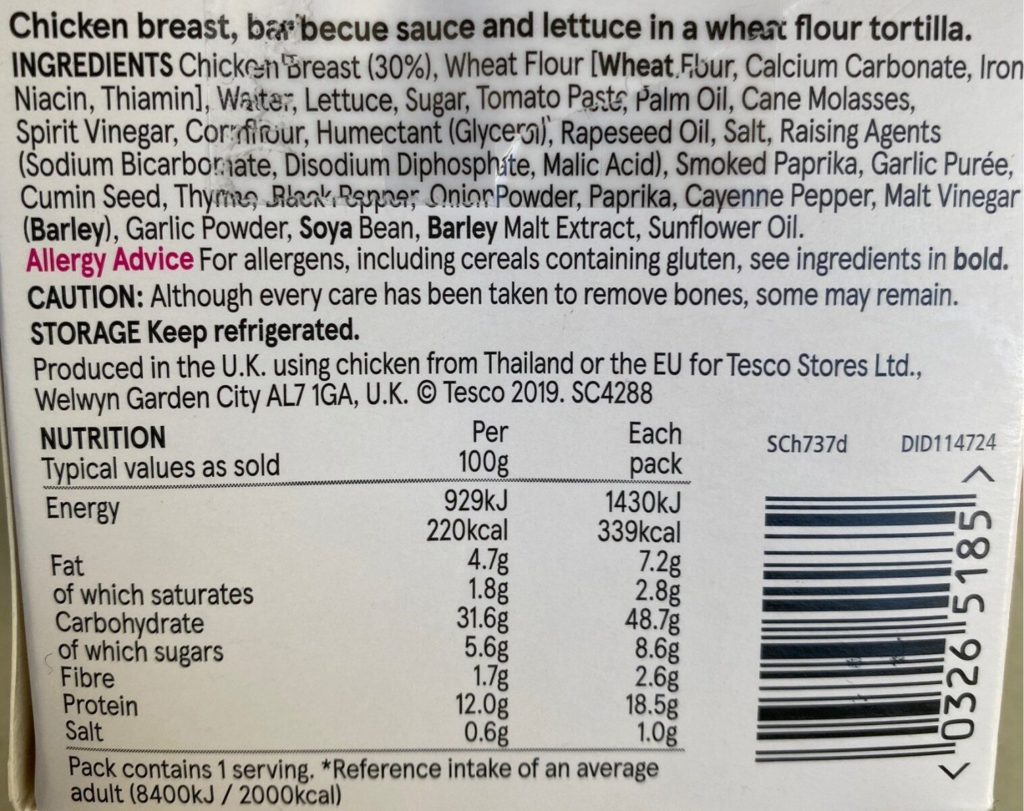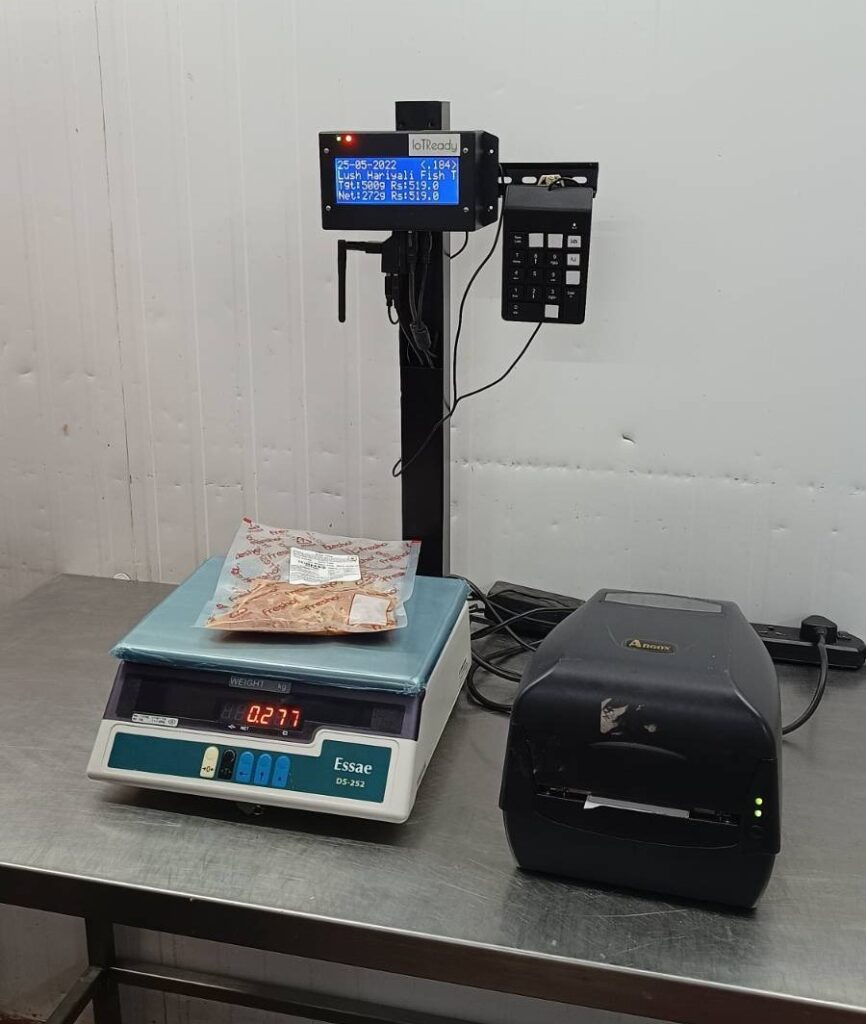Getting Meat Packaging Labels Right: Eliminate Errors and Ensure Compliance
In our last article,
In our last article, we talked about the patterns in grocery and meat labelling and the practices companies are currently employing. In this article, we’ll be diving deep into the specifics of a label and how to get it right each time.
The world of online (and offline) commerce runs on barcodes. Take barcodes away, and most commerce would slow to a trickle. Humble, ubiquitous, critical. Let’s dig into the world of barcode labels and the gremlins that lurk.
Food labelling is highly regulated in most countries with a long list of rules and regulations to follow. Add in the many options for label types and barcode formats and it can get overwhelming very quickly.

While barcodes are not mandated, they are crucial for picking and selling operations. There are more than 50 types of barcodes, the most common ones being code 128 and code 39 barcodes. A code 39 barcode can encode only 39 characters in total, while code 128 can encode the entire 128 character ASCII set and as a result has a higher information density.
The next thing to consider is the type or material of the label you’re using. It is legally required for your label to be clear, prominent, indelible, and readily legible by the consumer. Often there are specific material requirements for a food item. For example, as discussed in our previous article, online meat delivery services often use vinyl labels to prevent moisture damage that paper labels would suffer during the cold chain.
Another issue to be taken care of is the positioning of your label. Often fruits or vegetables are curved or weirdly shaped. It’s necessary to make sure the label is placed correctly, is properly legible and in no danger of being torn or damaged. Labels in pre-packed foods need to be placed such that they don’t get separated from the container. In situations where a wrapper covers the container, the wrapper needs to carry the necessary information, or the label on the container must be readily legible through the outer wrapper and not obscured by it.

For example, the list of ingredients printed on a label has to be listed in descending order of their composition by weight or volume. In addition, any added colors, preservatives, added flavors, or vegetable oils need to be listed with a type declaration – synthetic, artificial, natural, etc.
If an ingredient with more than one word is used, only the first letter of the first word should be in upper case and the rest in lower case.
While listing the net quantity, there are specifications for font type, size, spacing and surrounding area. For example, when listing the weight, the kilogram should be “kg” – small ‘k’ and small ‘g’ without any dots.
The area surrounding the quantity declaration must be free of printed information,
- above and below by a space equal to at least the height of the numeral in the declaration.
- to the left and right by a space at least twice the height of numerals in declarations.

It’s also necessary that it must be printed on the package with a contrasting background in close proximity to the name or brand name of the product and on all labels, containers, pamphlets, leaflets, and advertisements in any media
Evidently, every label has a lot of complexity – superficial and hidden. As you can imagine, most of this information is different for different SKUs – raising the challenge manyfold.
These labelling challenges have a material impact on the bottom line if the company wishes to change their product prices based on supply and consumer demand. Manually editing these labels takes approximately 1-2 minutes per SKU. As a result, companies avoid changing prices too often. And when they do, verifying that every labelling system in every fulfilment center has been updated correctly can be daunting. For this reason, labels usually have the original MRP printed on their labels and not the discounted rate of the product.
This brings us to just-in-time and pre-printed labels. As the name suggests, just-in-time labels are printed while packing, usually post weighing. Pre-printed labels are printed before packing and weighing. The most significant advantage to using just-in-time labels is the information accuracy they provide. Most labels have variable data printed on them – exact product weights, prices, discounts, etc. On-demand labels are a good fit here, especially since you don’t have this information ahead of time.

One of the most basic examples is when we print the weight of a particular product. Without on-demand printers, you will be forced to print an estimated weight of, say, 500 grams. However, using on-demand printers allows you to print the exact weight, say, 512 grams and the subsequent price that needs to be charged.
The product is weighed on the spot, and the label is printed with the exact weight. This also allows you to introduce variable pricing – directly impacting your profitability. On-demand weighing & label solutions can capture the real packed weight and give you insights into real-time inventory and operational efficiencies.
That was a long list! Let’s summarize the main points:
- Decide the type of label you want to use – e.g. plastic for meat or paper for fruits and vegetables
- Check the regulations for your product(s) – e.g. cold cuts don’t need ingredients or nutritional information while marinated products do.
- Explore just-in-time printing to control wastage and eliminate labelling errors.
If you are keen to explore on-demand printing and understand its benefits, please contact us on tej@iotready.co or +91 74119 67890. With support for practically every scale, printer and label type, our solutions will help you can print what you need, when you need it, for any product with complete operational traceability.